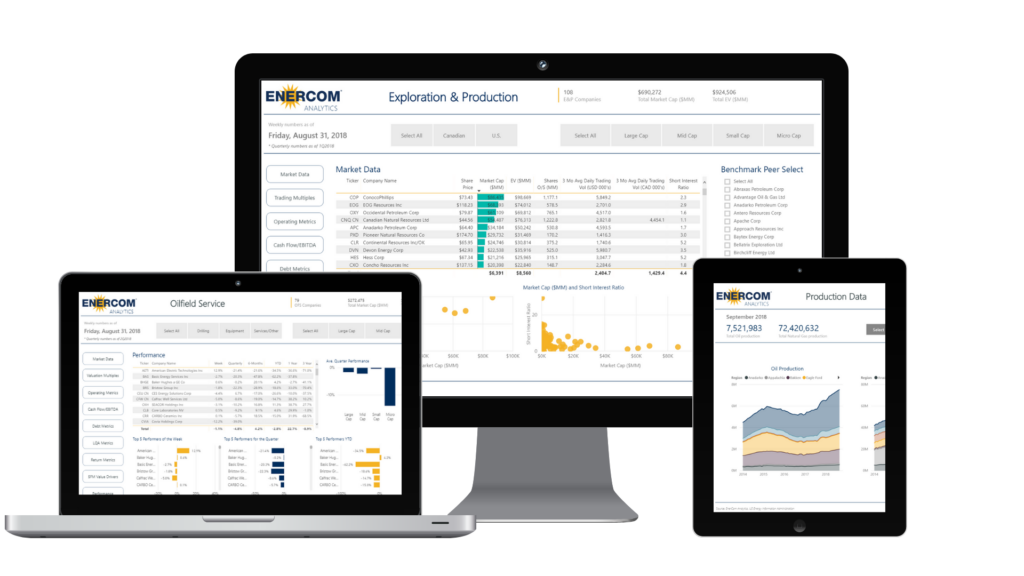Under an order signed this week, Freeport LNG Expansion, L.P. and FLNG Liquefaction 4, LLC (together, FLEX4) have authority to export up to 0.72 billion cubic feet per day of natural gas as LNG from a fourth liquefaction train (Train 4) to be built at the Freeport LNG Terminal, the Department of Energy announced in a press release.

FLEX4 is authorized to export this LNG to any country that does not have a free trade agreement (FTA) with the United States, and with which trade is not prohibited under U.S. law or policy. The U.S. Government does not issue LNG licenses to purchasers of LNG but rather issues export authorizations to exporters of LNG, such as Freeport LNG. The Federal Energy Regulatory Commission (FERC) authorized FLEX4 to site, construct, and operate Train 4 on May 17, 2019.
Prior to today’s announcement, Freeport LNG Expansion, L.P. and other Freeport entities had received approval to export LNG from the first three liquefaction trains at the Terminal. Like the first three trains, Train 4 will use electric motors with variable frequency drive for the cooling and liquefaction compression power, which Freeport says will result in negligible incremental emissions. Train 4 will be constructed adjacent to the first three trains on Quintana Island.
The first liquefaction train is expected to begin commercial exports later this year, according to the company. Freeport LNG’s export facility currently consists of three liquefaction trains, with Train 1 scheduled for commercial startup in Q3 2019, and full three-train commercial operations anticipated by mid-2020. Under 3-train operations, Freeport LNG’s facility will rank 7th in current global liquefaction production capacity, with the facility rising to become the world’s 5th largest LNG producer once Train 4 is completed.
U.S. LNG export capacity, currently at 5 billion cubic feet per day, is set to double by the end of 2020. The U.S. Energy Information Administration expects a continued increase in domestic natural gas production, with an average dry natural gas production rate of 90.3 Bcf/d in 2019 and 92.2 Bcf/d in 2020, both new records.







